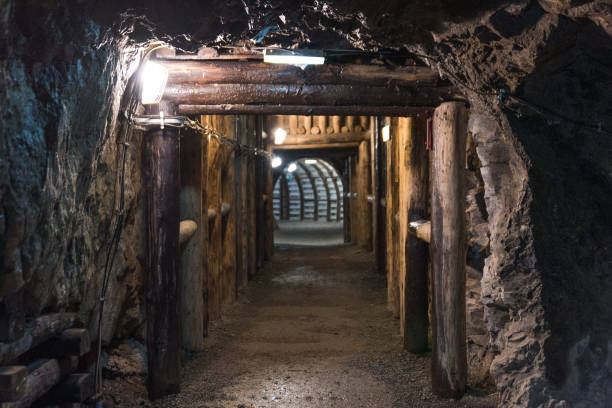"Unraveling the Mystique of Dark Tourism: A Deeper Dive into the Unconventional"
In an age where travel trends are constantly shifting, one particular style has quietly been gaining traction: Dark Tourism. This unconventional travel style invites tourists to visit sites associated with death, tragedy, and the macabre. While it may sound grim, Dark Tourism is a trend that offers an alternative way of exploring history, culture, and human nature. This unique travel trend is more than just a morbid fascination; it's an exploration of the darker side of humanity and a profound tribute to historical events.

Dark Tourism: A Historical Context
Dark Tourism, also known as Thanatourism, isn’t a new concept. It dates back to the medieval era when public executions attracted large crowds. However, its modern iteration is more nuanced and respectful. Today, Dark Tourism encompasses visits to war memorials, disaster sites, cemeteries, and locations of infamous historical events. From Chernobyl’s Exclusion Zone to the Auschwitz-Birkenau concentration camp, these sites offer a sobering glimpse into some of the most tragic events in history.
The Pull of Dark Tourism
While Dark Tourism may seem like an odd choice for a holiday, it’s not about deriving pleasure from others’ sufferings. Rather, it’s about understanding human history, acknowledging our mortality, and appreciating the resilience of the human spirit. According to Dr. Philip Stone, Executive Director of the Institute for Dark Tourism Research, Dark Tourism provides a “platform for the visitor to meditate on our own inevitable demise and, in so doing, potentially brings a radical reinterpretation of being.”
Advantages, Challenges, and Impact
Dark Tourism offers valuable educational and historical insights. It encourages reflection, empathy, and a broader understanding of world events. However, it also faces criticism due to ethical concerns. The challenge lies in maintaining respect for the sites and their past, ensuring they don’t become mere tourist attractions. Nevertheless, when done responsibly, Dark Tourism can promote awareness, remembrance, and understanding.
The Growth and Evolution of Dark Tourism
Despite the criticism, Dark Tourism continues to grow, driven by an increasing interest in history and a desire for experiences beyond traditional tourism. It’s evolving too, with an emphasis on responsible travel. Institutions like the Institute for Dark Tourism Research are committed to ethical, responsible, and sustainable practices in Dark Tourism.
The Future of Dark Tourism
The future of Dark Tourism looks promising. As travelers seek more meaningful experiences, Dark Tourism offers a chance to connect with history on a deeper level. As Dr. Stone notes, “Dark Tourism can be a platform for education, engagement, and empathy.” It’s not about the darkness but the light that it can ultimately shed.
Unconventional Travel Tips: Dark Tourism
- Research thoroughly about the site you plan to visit to understand its historical and cultural context.
- Respect local customs and traditions.
- Don’t take inappropriate photos or selfies.
- Try to opt for guided tours to get accurate information and respectful insight.
Dark Tourism is a travel trend that breaks the mold, offering a different perspective on history and humanity. Despite its grim associations, it offers an opportunity for reflection, understanding, and empathy. It’s a reminder that in the midst of darkness, there’s always a glimmer of light – a testament to human resilience and the power of memory.




